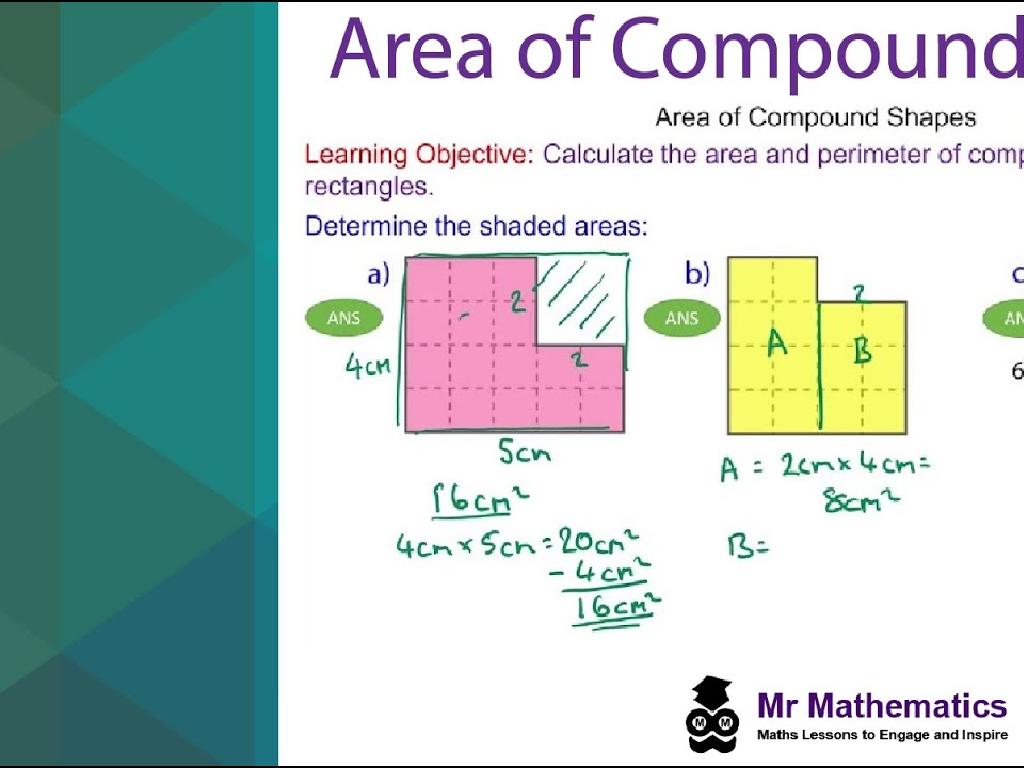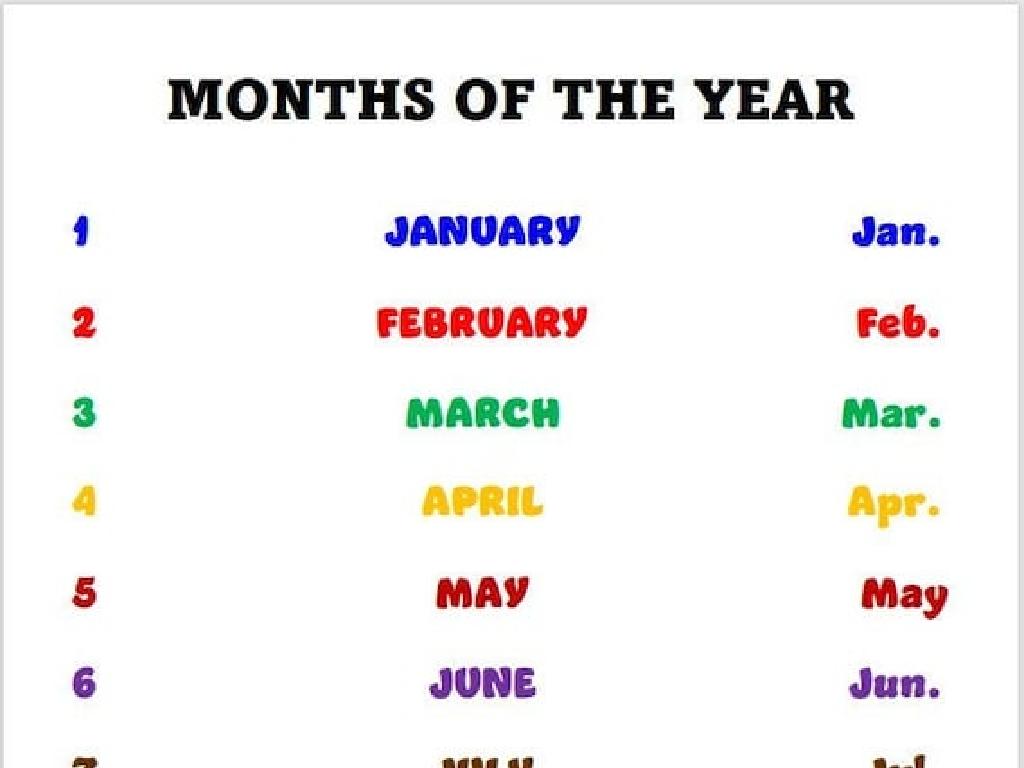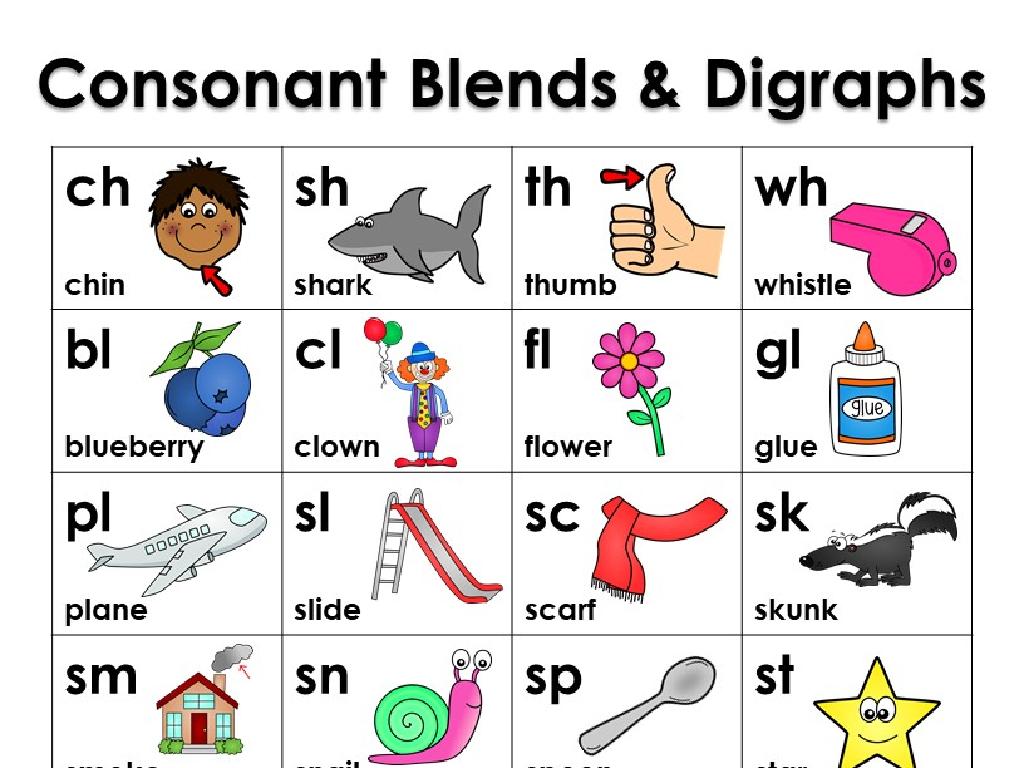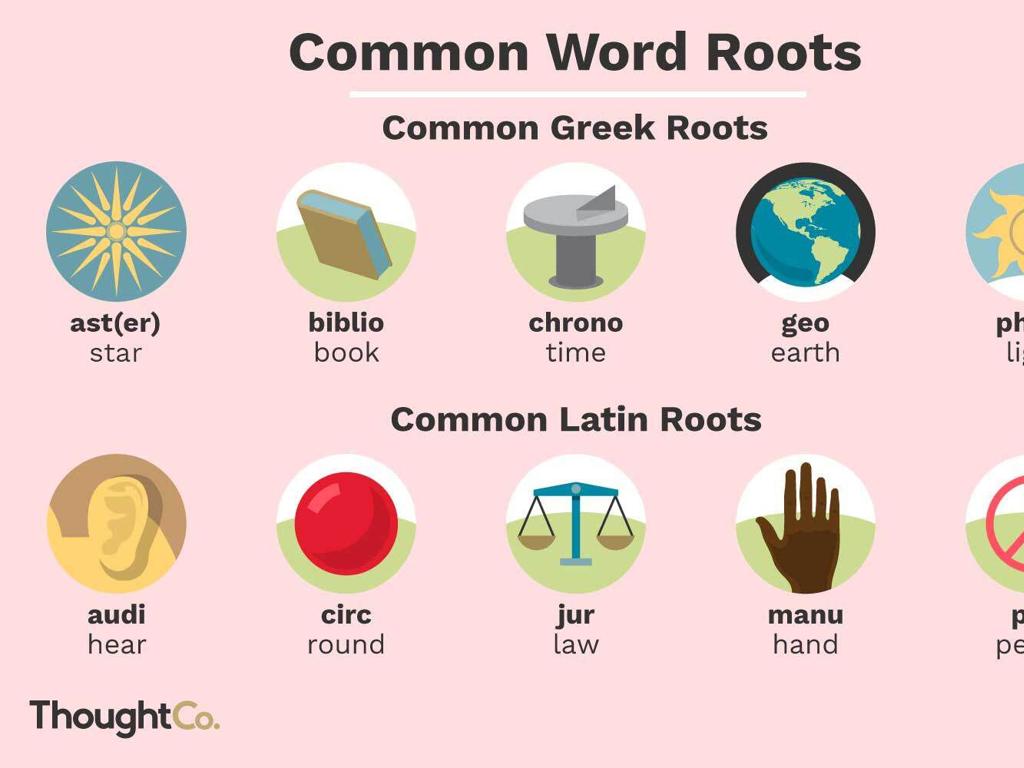Analyze Natural Hazard Maps
Subject: Science
Grade: Seventh grade
Topic: Natural Hazards
Please LOG IN to download the presentation. Access is available to registered users only.
View More Content
Understanding Natural Hazards
– Define natural hazards
– Events like earthquakes, floods, that occur naturally
– Types of natural hazards
– Examples: earthquakes, floods, hurricanes, and droughts
– Analyzing hazard maps
– Maps showing potential areas affected by hazards
– Importance of hazard maps
– Helps in planning for safety and emergency responses
|
This slide introduces students to the concept of natural hazards, which are severe and extreme weather and environmental events that occur naturally on Earth. The slide will cover various types of natural hazards such as earthquakes, floods, hurricanes, and droughts. Students will learn the significance of analyzing natural hazard maps, which are crucial tools for understanding the geographical distribution of potential risks. These maps are vital for disaster preparedness and can help communities plan for safety measures and emergency responses. Encourage students to think about the natural hazards that are most relevant to their region and how hazard maps could be used in their own community planning.
Types of Natural Hazards
– Differentiating natural hazards
– Earthquakes: Sudden ground shaking
– Caused by tectonic plates shifting abruptly
– Floods: Overflow of large water bodies
– Result from heavy rainfall or water surge
– Tornadoes and Hurricanes: Destructive winds
– Tornadoes form over land, hurricanes over warm ocean waters
|
This slide aims to introduce students to the various types of natural hazards and provide a basic understanding of how each occurs. Emphasize the difference between the hazards in terms of their origins and impacts. Earthquakes result from the sudden release of energy in the Earth’s crust, creating seismic waves. Floods can occur due to excessive rain, dam breakage, or other factors leading to water overflow. Tornadoes are rapidly rotating columns of air that form during thunderstorms, while hurricanes are large storm systems that form over warm ocean waters. Encourage students to think about the geographical locations where these hazards are most likely to occur and discuss the importance of natural hazard maps in predicting and preparing for these events.
Understanding Hazard Maps
– Define a hazard map
– A tool showing areas at risk from hazards like earthquakes, floods, volcanoes.
– Hazard maps in safety planning
– They guide emergency planning and help people know evacuation routes.
– Key components of hazard maps
– Symbols, legends, scale, and color codes represent different risks.
– Interpreting map data
– Learn to read hazard levels and apply this to real-world scenarios.
|
This slide introduces students to the concept of hazard maps and their importance in natural disaster preparedness and safety. A hazard map is a visual representation that highlights areas that are susceptible to various natural hazards. It is crucial for students to understand how these maps contribute to safety planning by guiding emergency responses and informing the public about potential risks. The components of a hazard map, such as symbols and legends, are essential for interpreting the level of risk in different areas. Encourage students to think critically about how they would use this information in a real-life situation and discuss the importance of being prepared for natural disasters.
Reading Hazard Maps
– Interpreting map symbols and colors
– Symbols/colors represent different hazards or risk levels.
– Understanding map scale and legend
– Scale shows distance, legend explains symbols/colors.
– Case study: Flood hazard map analysis
– Examine a real flood hazard map, identify risk areas.
– Importance of hazard map literacy
|
This slide aims to equip students with the skills to read and understand natural hazard maps, which are crucial tools in disaster preparedness and environmental science. Start by explaining the common symbols and color codes used in hazard maps, emphasizing that these visual elements represent different types of hazards or levels of risk. Then, discuss the importance of the scale for gauging distances and how the legend acts as a key to decode the map’s symbols and colors. Using a flood hazard map as a case study, guide students through the process of identifying high-risk areas and interpreting the map’s data. Highlight the significance of being able to read these maps accurately for personal safety and community awareness.
Analyzing Earthquake Hazard Maps
– Identify high-risk zones
– Areas more likely to experience earthquakes
– Understand fault lines
– Fault lines are fractures where earthquakes occur
– Earthquake impact on areas
– How earthquakes affect infrastructure and population
– Activity: Map your town
– Find and mark where you live on a hazard map
|
This slide aims to educate students on the importance of earthquake hazard maps and how to analyze them. Start by explaining what high-risk zones are and how they are determined. Discuss the significance of fault lines in the occurrence of earthquakes. Illustrate the potential impact of earthquakes on different areas, considering factors like infrastructure damage and human safety. For the activity, provide students with hazard maps and guide them to locate their own town or city, encouraging them to think about their personal connection to the topic and the relevance of earthquake preparedness in their own lives. Ensure to have different hazard maps available for students from various regions. This hands-on activity will help solidify their understanding of the lesson’s concepts.
Analyzing Weather-Related Hazard Maps
– Tracking hurricanes on maps
– Use symbols and color codes to locate and follow hurricanes.
– Interpreting weather warnings
– Understand symbols for different weather alerts.
– Tornadoes: signs on maps
– Look for hook-shaped symbols indicating tornadoes.
– Activity: Simulated hurricane path
|
This slide introduces students to the use of hazard maps for tracking weather-related events such as hurricanes and tornadoes. Students should learn to recognize the various symbols and color codes that represent the location, movement, and severity of these natural events. Emphasize the importance of interpreting weather warnings and understanding the potential impact on affected areas. The class activity involves a simulated hurricane scenario where students will apply their knowledge to predict the storm’s path. Provide detailed guidelines for the teacher to facilitate this activity, including setting up the simulation, dividing the class into groups, and discussing the outcomes. Suggest alternative activities such as analyzing historical hurricane data or creating a safety plan for a hypothetical weather event.
The Importance of Preparedness
– Analyzing hazard maps for safety
– Crafting an emergency plan
– Use map data to plan escape routes and safe locations
– Essential emergency kit items
– Think about water, food, first aid, and personal items
– Class discussion on preparedness
– Share ideas on what’s crucial for survival in a disaster
|
This slide emphasizes the importance of being prepared for natural disasters by analyzing hazard maps. Students should understand how to interpret these maps to identify potential risks in their area. They will learn to create an emergency plan, considering factors like evacuation routes and meeting points. The discussion on emergency kits will help them think critically about essential items needed for survival. Encourage students to consider the necessities for sustaining themselves for at least 72 hours post-disaster. This activity will not only engage them in practical preparedness but also foster a sense of responsibility and awareness.
Class Activity: Create Your Hazard Map
– Create a local hazard map
– Identify community hazards
– Consider floods, earthquakes, storms, etc.
– Develop a preparedness plan
– Include evacuation routes, emergency contacts
– Present map and plan to class
|
This activity is designed to apply students’ knowledge of natural hazards to their own community. They will create a hazard map highlighting potential natural disasters that could affect their area. Students should consider local geography and history to identify risks such as floods, earthquakes, or storms. They will also develop a preparedness plan, which should include evacuation routes, emergency contacts, and supplies needed. This exercise will culminate in a presentation where each student will share their map and preparedness plan, fostering public speaking skills and peer learning. Provide students with a list of potential hazards, a base map of the local area, and access to research materials. Encourage creativity and critical thinking.






